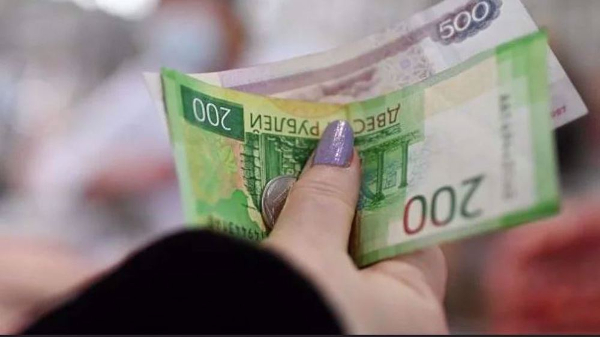Oil prices have grown as the market struggles to build on last months’ strong gains, following sharp falls earlier in the year.
North Sea Brent crude for delivery in June traded $59.49 a barrel, up 56 cents, while US benchmark West Texas Intermediate (WTI) won 56 cents to $59.49 a barrel on Tuesday.
In April, oil prices grew by nearly a fifth after dropping sharply at the start of the year. The main factors behind these changes were concerns about Yemen unrest, the weakening dollar and decline in US rig count.
However, oil prices stand very low after losing almost 60 percent of their value between June 2014 and the start of 2015 mainly due to a global supply glut and enhanced production.
"Crude oil producers in the US have significantly cut back output in an attempt to address the significant supply overhang which has exerted downward pressure on... prices since June last year," AFP quoted Kash Kamal, senior research analyst at Sucden brokers, as saying.
The International Monetary Fund (IMF) has said that oil exporters in the Persian Gulf must cut spending, including subsidies, and diversify their economies to cope with lower revenues resulting from the sharp drop in oil prices.
The IMF Middle East and Central Asia chief Masood Ahmed called on the wealthy Arab monarchies to "not react in a knee-jerk way to lower oil prices."
"Saudi Arabia seem committed to defending their market share and have even increased output to over 10 million barrels per day in April," AFP quoted Kamal as saying.
"Support for higher crude prices has partly come from a weaker dollar," said Kamal.
Some analysts argue that the oil market is oversupplied, with producers of the Organization of the Petroleum Exporting Countries (OPEC) pumping almost 2 mb/d above demand.
The 12-member oil producer group meets next month to discuss production policy.
LINK: https://www.ansarpress.com/english/3533































 South Korea may punish Tesla
South Korea may punish Tesla 




